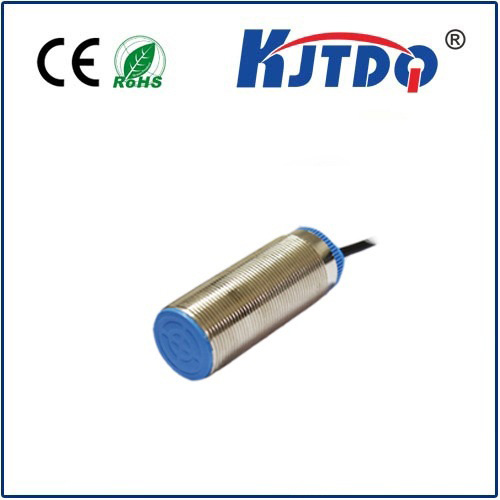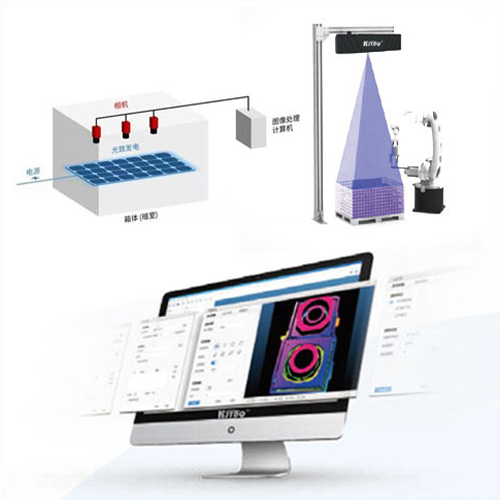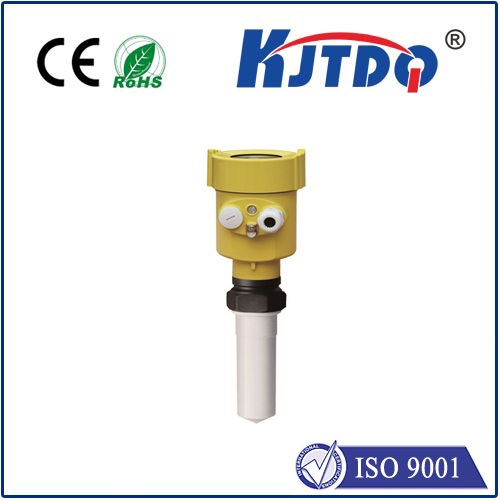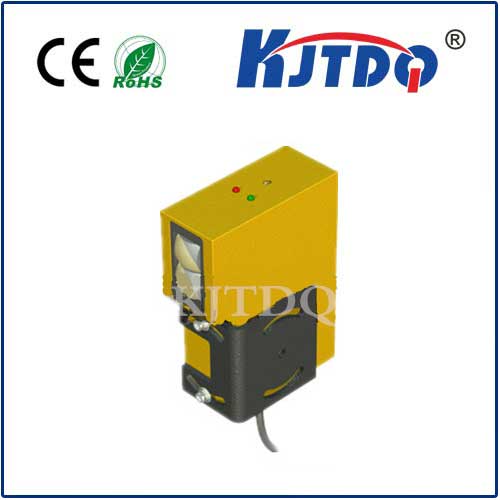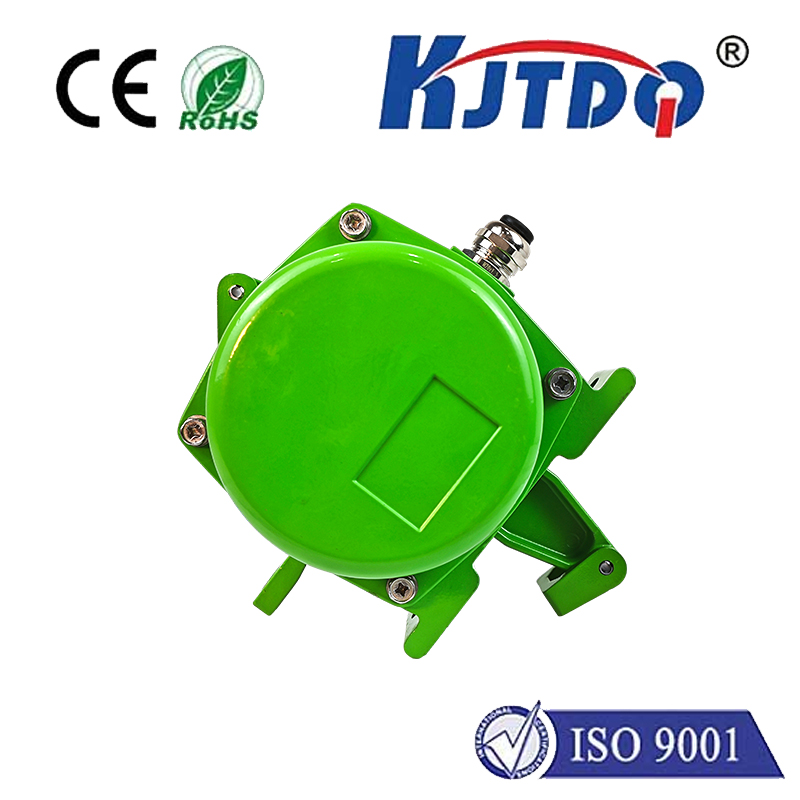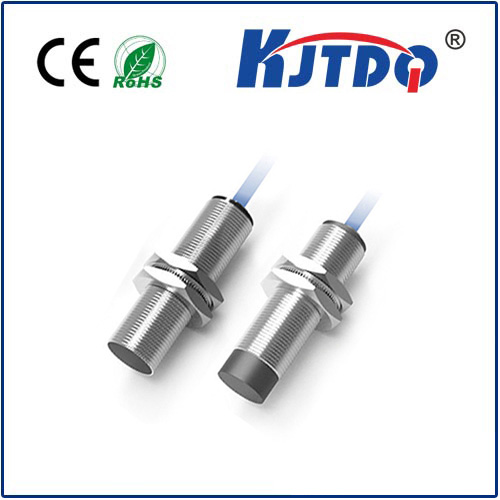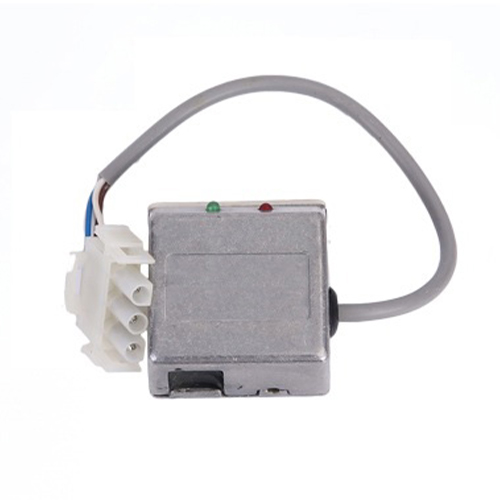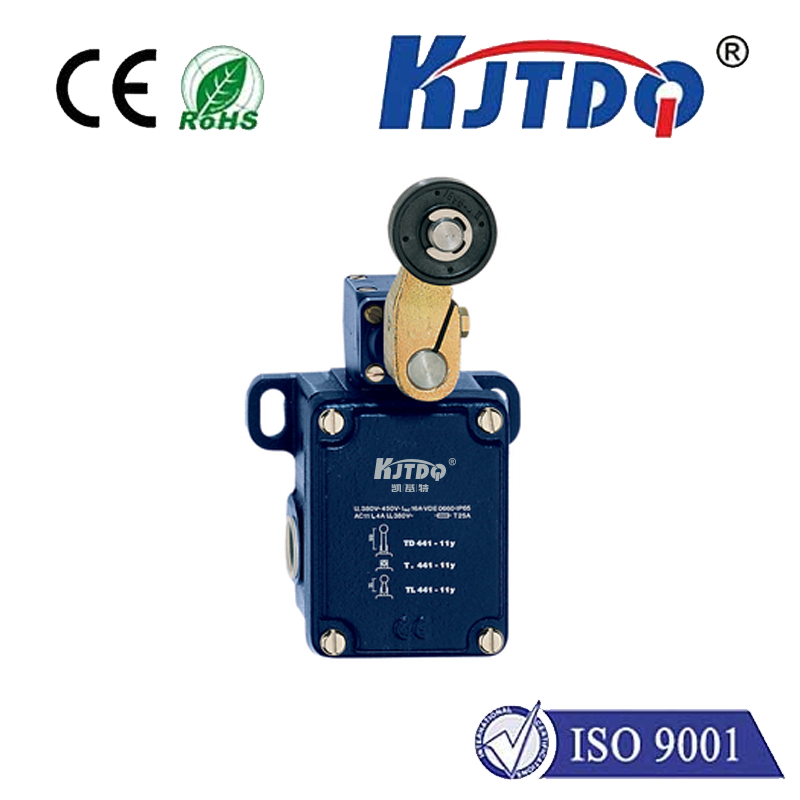photoelectric pir sensor
- time:2025-09-10 17:49:13
- Click:0
The Photoelectric PIR Sensor: Your Secret Weapon Against False Alarms
Ever been jolted awake by a blaring alarm, only to discover it was just the family cat strolling past or a sudden draft triggering the system? False alarms are not just annoying; they erode trust in security systems and waste valuable resources. This persistent problem is precisely where the ingenious fusion of technologies found in photoelectric PIR sensors delivers a game-changing solution. By combining passive infrared (PIR) detection with photoelectric (PE) beam sensing, these dual-technology motion sensors offer unparalleled reliability, significantly reducing false triggers while maintaining high sensitivity to genuine threats. Understanding how this hybrid approach works reveals why it’s becoming the gold standard for critical security and automation applications.
At its core, a photoelectric PIR sensor integrates two distinct but complementary detection methods:
- Passive Infrared (PIR): This technology detects changes in infrared radiation (heat) emitted by moving objects within its field of view. Warm bodies like humans or animals emit significantly more IR radiation than their surroundings. The PIR element contains special pyroelectric sensors that generate a small electrical signal when they detect a rapid change in the heat pattern crossing their segmented lenses. PIR is excellent at detecting the presence of a warm body in motion but can sometimes be fooled by sudden temperature shifts (like hot air from a vent) or small animals moving very close to the sensor.
- Photoelectric (PE) Beam: Often configured as an active beam sensor within the same unit, this technology typically involves an infrared light emitter and a separate receiver. The emitter sends out an invisible beam of IR light. If an object interrupts this beam, breaking the line of sight to the receiver, it triggers the sensor. Photoelectric detection excels at pinpointing movement across a specific line, like a doorway or hallway. It’s less prone to temperature-based false alarms but could be triggered by falling objects, swinging doors, or even large insects crossing the beam path.
The true power of the photoelectric PIR sensor lies in its logical operation: it requires both technologies to trigger simultaneously before signaling an alarm or activating a system. This “AND” logic gate is fundamental to its false alarm immunity. Let’s illustrate:
- Scenario 1 (Cat Trigger): Your cat walks lazily across the floor, triggering the PIR sensor due to its body heat. However, if the cat doesn’t cross the precise path of the internal photoelectric beam, the PE condition isn’t met. No alarm is triggered.
- Scenario 2 (Draft/Heater): A sudden blast of warm air from a furnace vent causes a rapid IR change, potentially fooling the PIR sensor. But, because the air doesn’t physically break the photoelectric beam (it’s not a solid object), the PE condition isn’t met. No alarm is triggered.
- Scenario 3 (Genuine Intruder): A person walks down a hallway. Their body heat creates a moving IR signature, tripping the PIR sensor. Simultaneously, as they walk, they physically break the path of the photoelectric beam crossing the hallway. Both conditions are met - an alarm is triggered.
This dual-confirmation mechanism makes photoelectric PIR sensors remarkably resilient to the common nuisances that plague single-technology sensors. The reduction in false alarms is the most significant advantage, leading to:

- Increased Security System Reliability: Users and monitoring stations gain confidence in alerts.
- Reduced Costs: Minimized fines from authorities for repeated false dispatches and lower maintenance needs.
- Enhanced User Experience: Less annoyance and disruption for home or business occupants.
- Improved Response: Emergency services can prioritize genuine activations.
Applications Where Photoelectric PIR Sensors Shine
The robustness of dual-technology sensors makes them ideal for environments prone to environmental challenges or where false alarms are unacceptable:
- High-Security Areas: Vaults, server rooms, restricted access zones - where false alarms can’t be tolerated.
- Residential & Commercial Security Systems: Entryways, hallways, large rooms - providing reliable intrusion detection.
- Warehouses & Industrial Settings: Areas with fluctuating temperatures, moving machinery air blasts, or presence of small animals/insects.
- Lighting & HVAC Automation: Occupancy detection for energy savings in spaces like restrooms, conference rooms, or large open offices, ensuring lights/AC only activate when both motion and physical presence are confirmed, minimizing wasteful triggers.
- Perimeter Protection (Indoor): Monitoring long corridors or passageways where beam-breaking detection adds a layer of precision.
Choosing the Right Photoelectric PIR Sensor
Not all dual-tech sensors are created equal. Consider these factors:
- Coverage Pattern & Range: Ensure the sensor’s field of view (PIR) and beam path (PE) match the area you need to protect. Look for adjustable lenses or mounting options.
- Immunity Features: Check for advanced signal processing in the PIR circuitry (pulse counting, microprocessor analysis) to further filter out environmental noise. Look at the PE beam’s frequency and modulation to resist interference from ambient light.
- Environment Rating (IP Rating): Essential for sensors installed in dusty, humid, or outdoor-adjacent areas.
- Pet Immunity: Crucial for homes. Higher-end models can reliably ignore pets below a certain weight (e.g., 40 lbs, 80 lbs) through sophisticated PIR lens design and processing, combined with the PE beam’s height positioning.
- Power Source & Output: Battery-powered, hardwired, or low-voltage? What type of relay or signal output (N.O./N.C.) is needed for your system?
Beyond Security: The Efficiency Angle
While security is a primary driver, the reliability of photoelectric PIR sensors translates directly to efficiency in automation. In lighting control, ensuring lights only turn on when a person is verifiably present (not just heat or air movement) prevents unnecessary energy consumption. Similarly, HVAC systems can avoid cooling or heating empty spaces based on phantom triggers. This makes them a smart investment not just for safety, but also for reducing operational costs and environmental footprint.
In conclusion, the photoelectric PIR sensor represents a significant leap forward in motion detection technology. By demanding simultaneous confirmation from two independent sensing principles – heat signature change and physical beam interruption – these hybrid sensors deliver an unmatched level of reliability. They effectively silence the frustrating chorus of false alarms, bolster security system integrity, and enhance the precision of automation applications. Whether safeguarding a high-value asset or simply ensuring your living room light turns on only when you truly walk in, the dual-technology approach of the photoelectric PIR sensor offers peace of mind and practical efficiency that single-technology sensors simply cannot match. For truly dependable presence detection, it’s a technology worth investing in.






